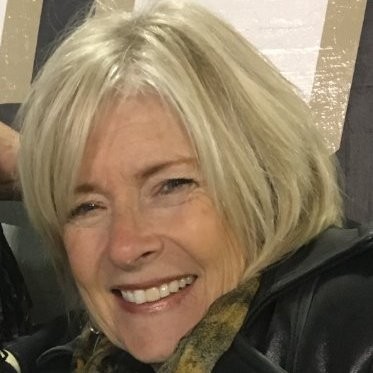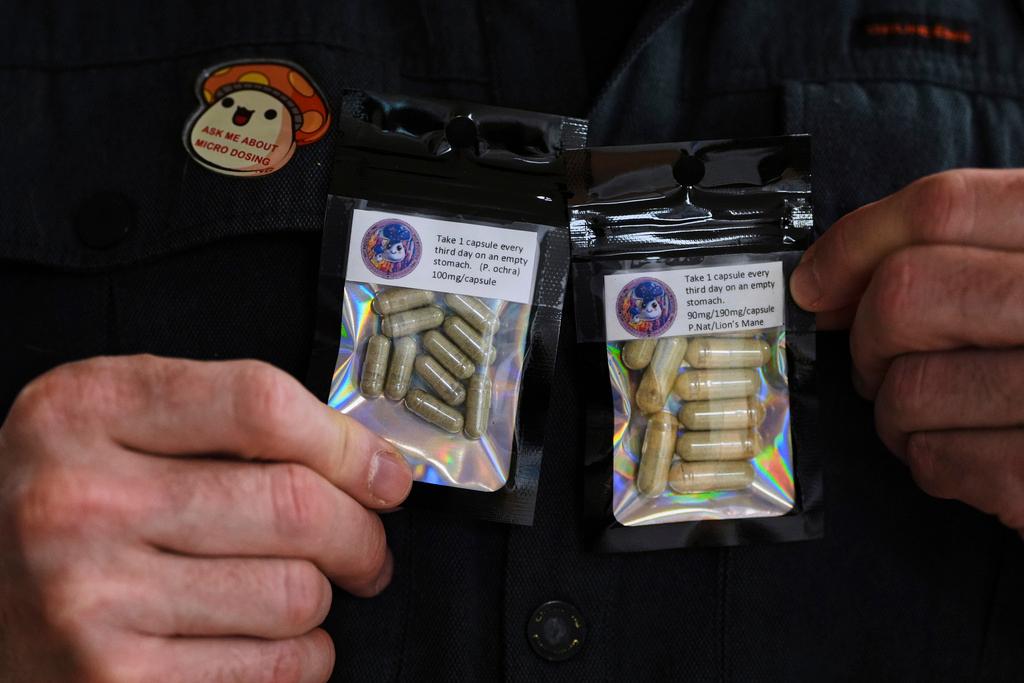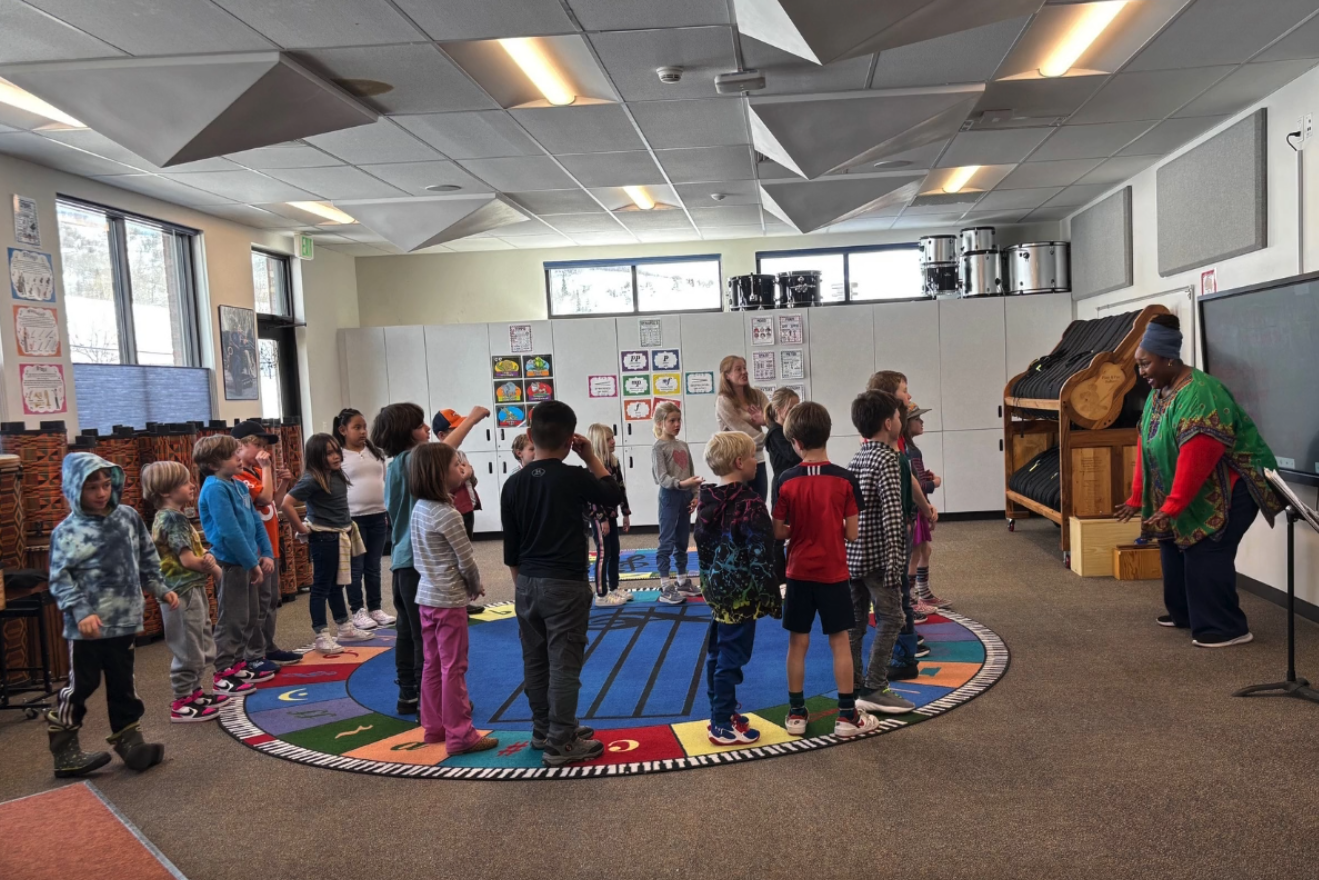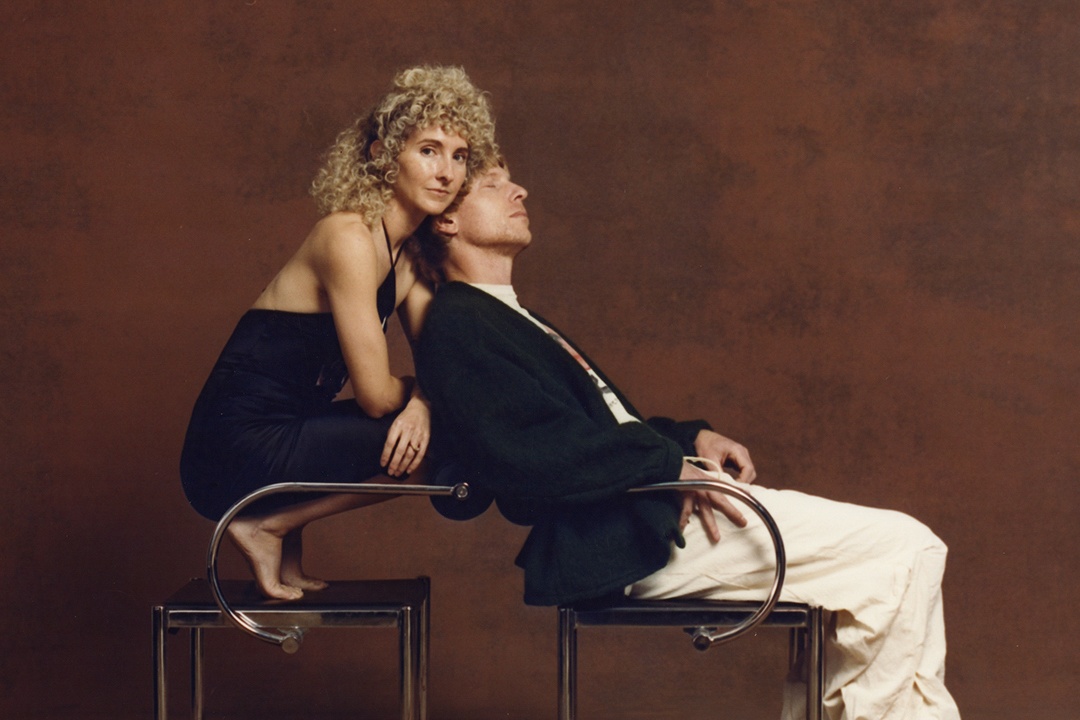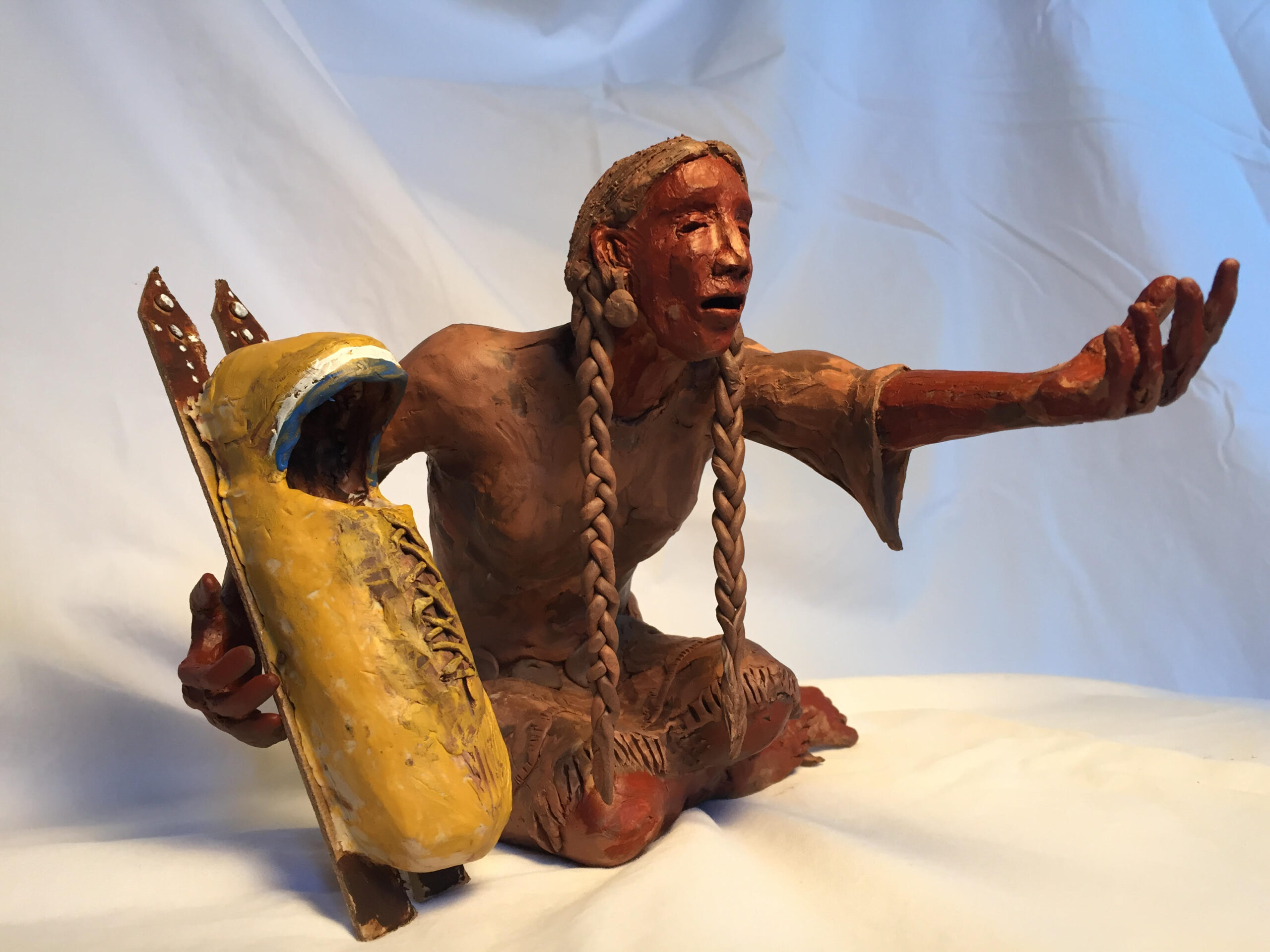
The Civil War soldier statue toppled during the summer of protests at Colorado’s Capitol will be replaced with a sculpture of an American Indian woman mourning the atrocities of the Sand Creek Massacre.
The decision came Friday afternoon in a 7-2 vote of the Capitol Building Advisory Committee. Representatives from the tribes which suffered at Sand Creek 156 years ago spoke to the committee.
“They were wiped out,” Otto Braided Hair, of the Northern Cheyenne and a descendant of Sand Creek survivors, told the committee. “Their voices are no longer heard. Their wishes and concerns were no longer heard. Those are the people we speak for.”
Now that the location of the statue has been decided, the issue now goes before the legislature to iron out how big the monument and its pedestal will be and how it will get to Colorado from Oklahoma where a seven-inch high prototype has already been approved.
Harvey Pratt, a Sand Creek descendant who was commissioned to create the statue by One Earth Future, said the idea to use a grieving Native American mother for the statue came to him in a dream.
“It’s really about the women. The women carry the men in the tribes on their backs. I wanted to depict a woman,” he said. “She's in mourning and she's kneeling, just sitting down. She's lost her baby and maybe her grandparents. She's got cuts on her legs and she’s cut her finger off.”
The woman bears an empty cradleboard symbolizing the loss of her child. She is reaching north with one arm, symbolizing the direction of the tribes’ retreat.
“She's not asking to be spared. She's saying ‘Remember us. don't forget us. I've lost my whole family,’” Pratt explained.
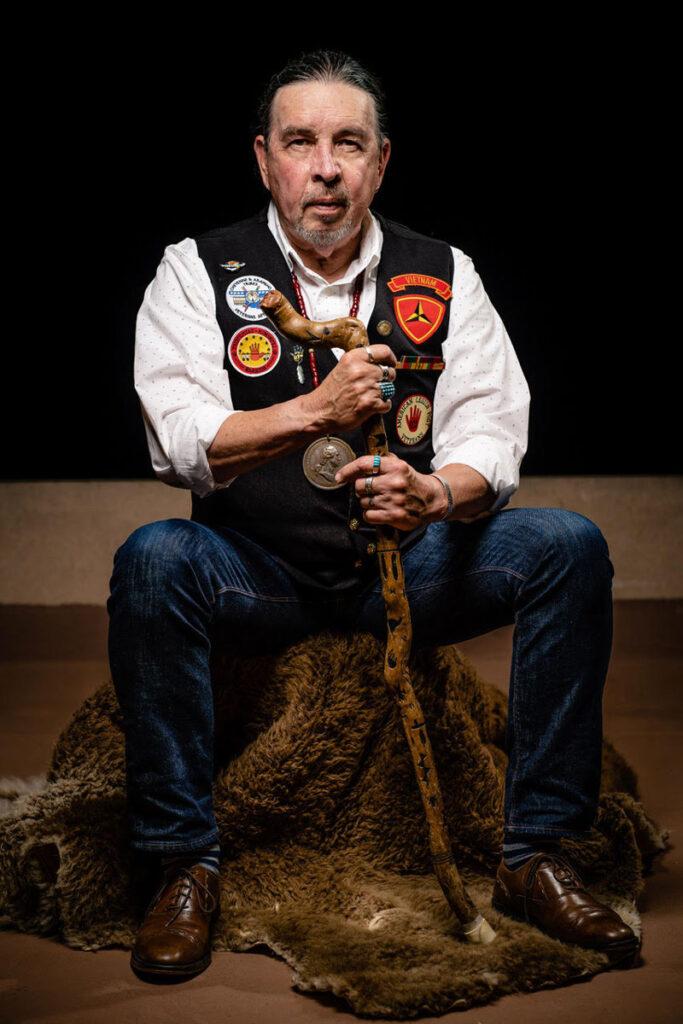
Two hundred and thirty Cheyenne and Arapahoe, mostly women, elderly and children, were slaughtered on Nov. 29, 1864, when volunteers from the 1st and 3rd Colorado Cavalry regiments ambushed them at sun-up. The soldier statue that had been at the Capitol — it now temporarily lives at History Colorado — has been intertwined with the massacre as it was designed by Capt. Jack Howland, a member of the 1st Cavalry.
The 700 Cheyenne and Arapaho had been promised a peaceful existence by the government. After the attack, Army soldiers burned the camp and took trophies from the bodies, which they displayed in a parade through Denver, where they were initially hailed as conquerors.
The massacre was a toxin to relationships and a catalyst for wars between the U.S. Army and Native Americans for years.
Pratt’s great-grandparents escaped the massacre in their bare feet, running through late-November snow and ice. He told the committee that as a child he was told to keep his shoes by the bed in case the family should have to flee in the middle of the night.
“In case something like that happened again, at least we wouldn’t be barefoot,” he said.
A Renaissance Man and Vietnam veteran, Pratt has a multi-layered career that includes half-a-century with the Oklahoma State Bureau of Investigation. There, he created witness description drawings in over 5000 cases, such as high profile investigations as the Oklahoma City Bombing, Ted Bundy, “BTK killer” Dennis Rader and the “I-5 killer” Randall Brent Woodfield.
He also developed a process called soft tissue reconstruction and has drawn hundreds of sketches that demonstrate a missing child’s progression to adulthood.
The Civil War soldier which fell this past June had stood on the west side of the Capitol since 1909. In 1999, lawmakers worked to correct the whitewashing of history by the statue and affixed a marker that noted, “By designating Sand Creek a battle, the monument's designers mischaracterized the actual events.”
In 2014, then-Gov. John Hickenlooper formally apologized for the Sand Creek Massacre.
As a law enforcement officer, Pratt did not agree with the destruction of property he saw during the summer of protests.
“I think there’s ways to protest. It’s just gotten plumb out of hand, he said. “I have a hard time understanding that. Based on the way I was raised and being respectful.”
He was commissioned to sculpt the “Warriors’ Circle of Honor” for the American Indian Veterans Memorial and was present at the dedication this past Veterans’ Day.
The last month has been a culmination of years of work and sacrifice for Pratt as a lawman, a Southern Cheyenne Peace Chief and an artist.
“I think that the creator blessed me. He gave me a special skill,” Pratt told Colorado Matters. “God gives everyone a gift and not everyone pays attention to it. That was my gift. And I used it.”
